AndyG
TPF Noob!
- Joined
- Jul 21, 2016
- Messages
- 47
- Reaction score
- 31
- Location
- Illinois
- Can others edit my Photos
- Photos OK to edit
Trying out my new 5DmkIV and my new Rokinon 14mm f/2.8 and I'm pretty pleased with the results. Quite an improvement over my 7D Mark I. These are uploaded as "optimized" because my wifi is not the fastest. Apologies if the quality is degraded.







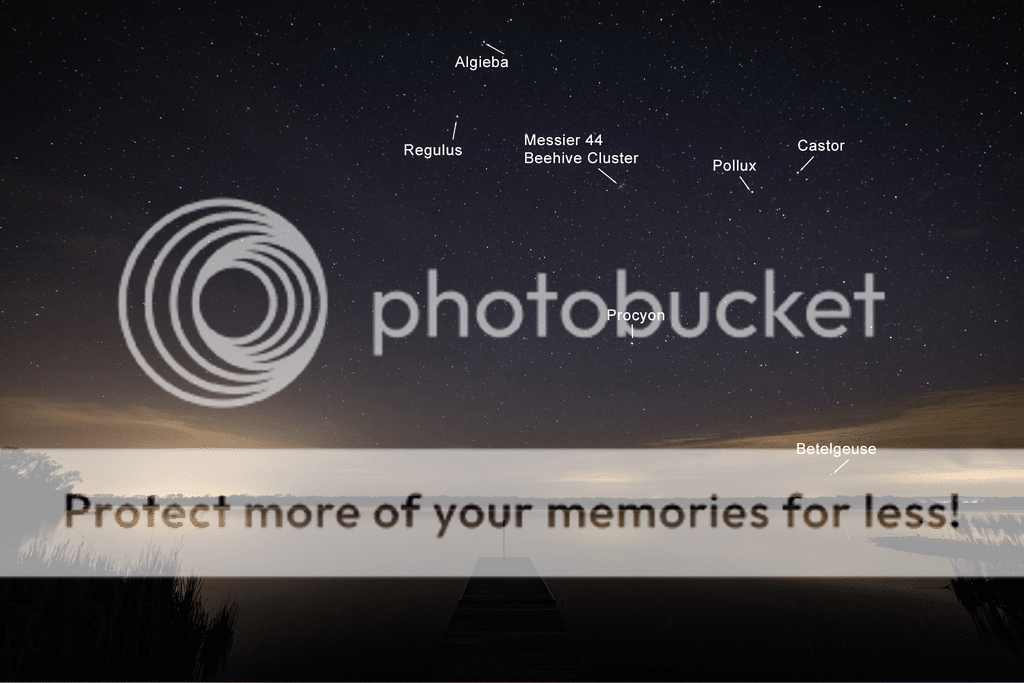
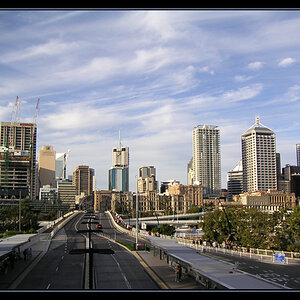
![[No title]](/data/xfmg/thumbnail/39/39446-903cfeac143cee6330a51546ecfdda92.jpg?1619739035)
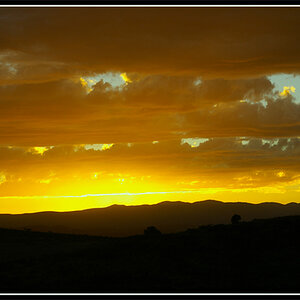
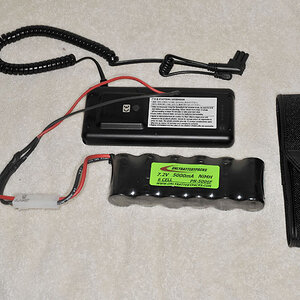
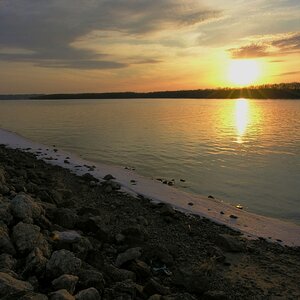
![[No title]](/data/xfmg/thumbnail/39/39444-02925f6d2859f4fda0e89f2001bfc9cd.jpg?1619739034)
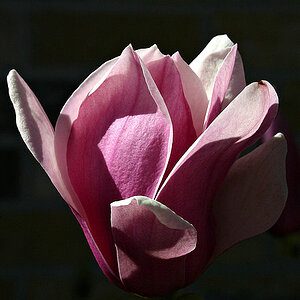
![[No title]](/data/xfmg/thumbnail/39/39447-6e7679723d775935851f055bae9712ba.jpg?1619739036)
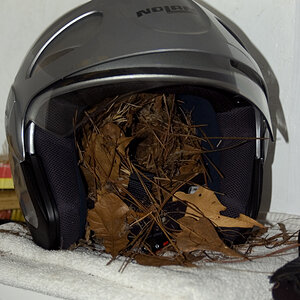
![[No title]](/data/xfmg/thumbnail/31/31756-ed344608f5fc9a69ff1d67dc7d03161c.jpg?1619734993)
